Black sand, blue waters, green forests. Lake Bolsena never ceases to amaze. The shores of what is Europe’s largest volcanic lake are a continuous succession of peninsulas and headlands, sandy beaches, cultivated fields and lush forests. Bursting nature frames to perfection villages suspended in time that, perched along the slopes of the Volsini mountains, or nestled on the shores of Lake Bolsena have been the scene of history with a capital ’S’. From here, the ancient Cassia consular road still passes by, lapping the shores of the lake and offering breathtaking views, plus from here, in the heart of upper Lazio, but already smelling of Tuscany and with Umbria just a few kilometers away, one can set out to explore cities of art, medieval villages and lose oneself in the thousand-year-old traditions of central Italy. Here are 10 places not to be missed during your stay on Lake Bolsena.
Inside the medieval Monaldeschi fortress of Cervara and in the nearby Monaldeschi Palace, the Territorial Museum of Lake Bolsena houses geological, archaeological and naturalistic documentation from around the area. Then inside the fortress is also the interesting Aquarium of Bolsena, a completely public facility that preserves in its tanks about thirty species including fish, amphibians and crustaceans from the rivers and lakes of the provincial territory. The museum is also part of the larger Lake Bolsena Museum System, which includes museums dedicated to the history of this corner of Italy declined in all its aspects and scattered in the various towns and villages around the lake.
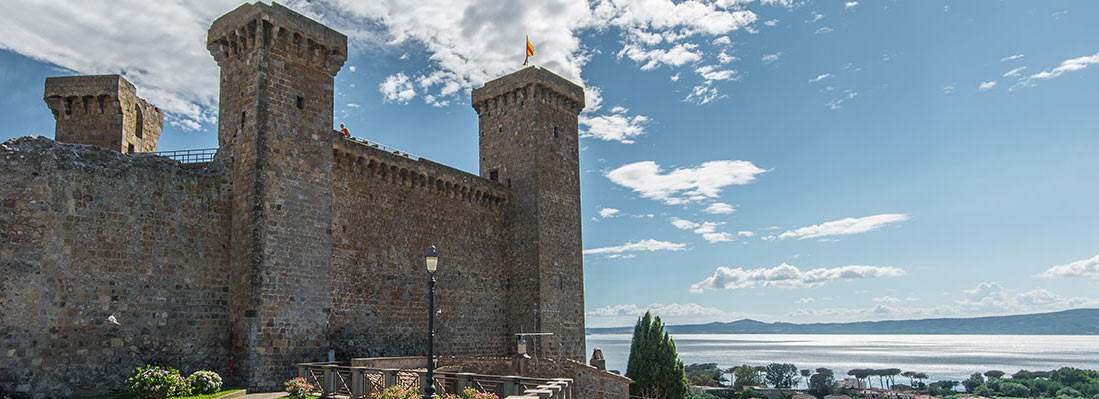
One of the most important places of worship in the entire area, the basilica of Santa Cristina in Bolsena was for centuries an obligatory stop for pilgrims engaged in traveling the Via Francigena. The basilica dates back to the 11th century, although it has since undergone many modifications as evidenced by the facade from which it exudes a distinctly Renaissance style. This is a place not only of high artistic value, but also of spiritual value, since inside it, according to the Christine tradition, it preserves the traces of two prodigious events that recall the martyrdom of the saint and the Eucharistic miracle of when, in 1263, a priest saw drops of blood descend from a consecrated host.
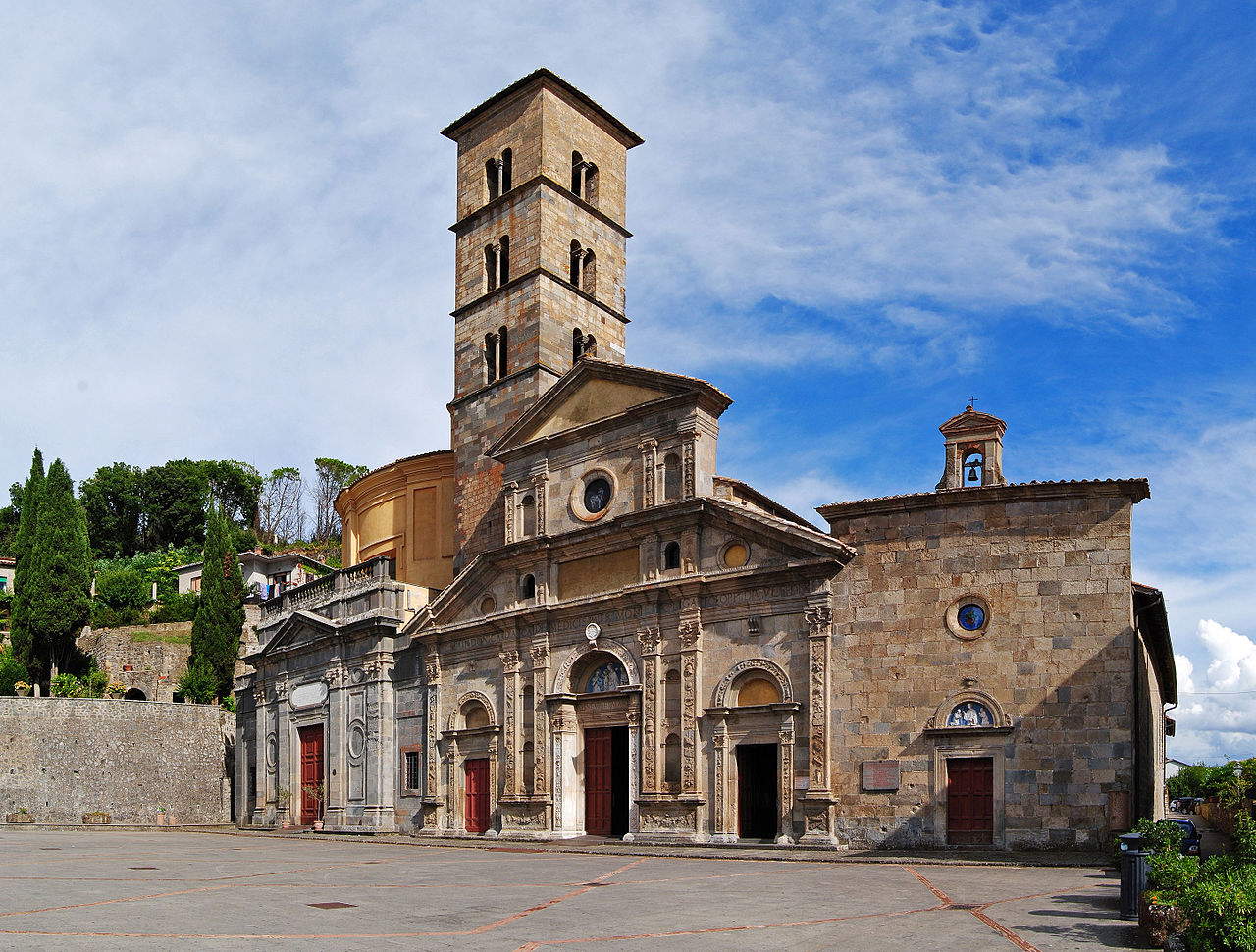
Unspoiled nature and traces of a distant, and rich, past. These are the ingredients of the Turona Archaeological Nature Park, a little gem off the beaten path of mass tourism in the hills south of Bolsena. In this oasis of peace located along the ancient Via Francigena, it is possible to fully immerse oneself among the magnificent scenery of the Vulsini Mountains, among groves, waterfalls and streams full of life. Not only that, during the visit it will also be possible to follow the footsteps of history by admiring ancient mills and, most importantly, the remains of an Etruscan settlement with a burial area and even the foundations of an imposing temple.
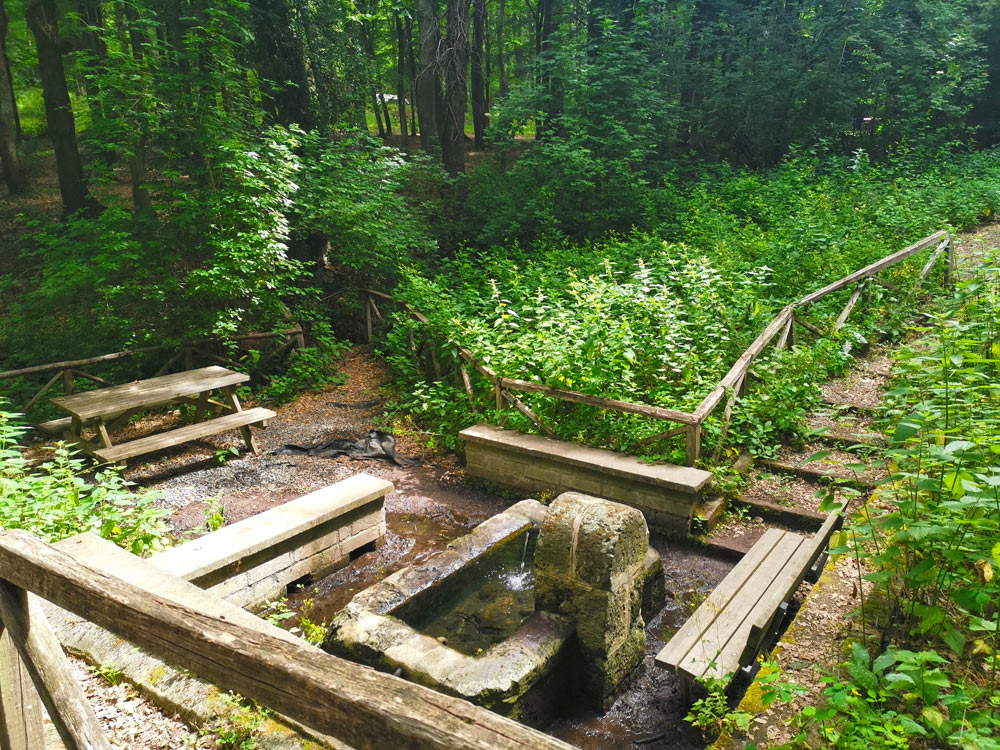
Whether you’re looking for a place to relax at the end of the day or to discover picturesque views to keep in your memories, Bolsena ’s lakeside promenade is a must-see. Walking along the great promenade that runs parallel to the shores of the mirror of water is a truly rich experience, and from here you have a privileged vantage point for the many wonders that these places preserve, including enchanted villages and lush nature for which the crystal-clear waters of the lake are both mirror and integral part. If the season permits, then, from Bolsena’s lakefront one can dive into the water, set off on a canoe trip or stop on a beach.

Squeezed between the shores of the lake and cultivated fields, Marta retains a unique charm that makes it one of the most picturesque places in this corner of upper Lazio. The village lies on the slopes of the mountain of the same name where the Sanctuary of the Madonna del Monte stands, from which one can enjoy breathtaking views. However, this fishing village is also a place where you can unplug from the hustle and bustle of everyday life and recharge your batteries by strolling along the lakefront from which you can admire the lake’s two islands, the Martana and Bisentina, and the promontory of Capodimonte. The waters at Marta beach are then among the clearest in the entire lake and are one of the best places to swim.
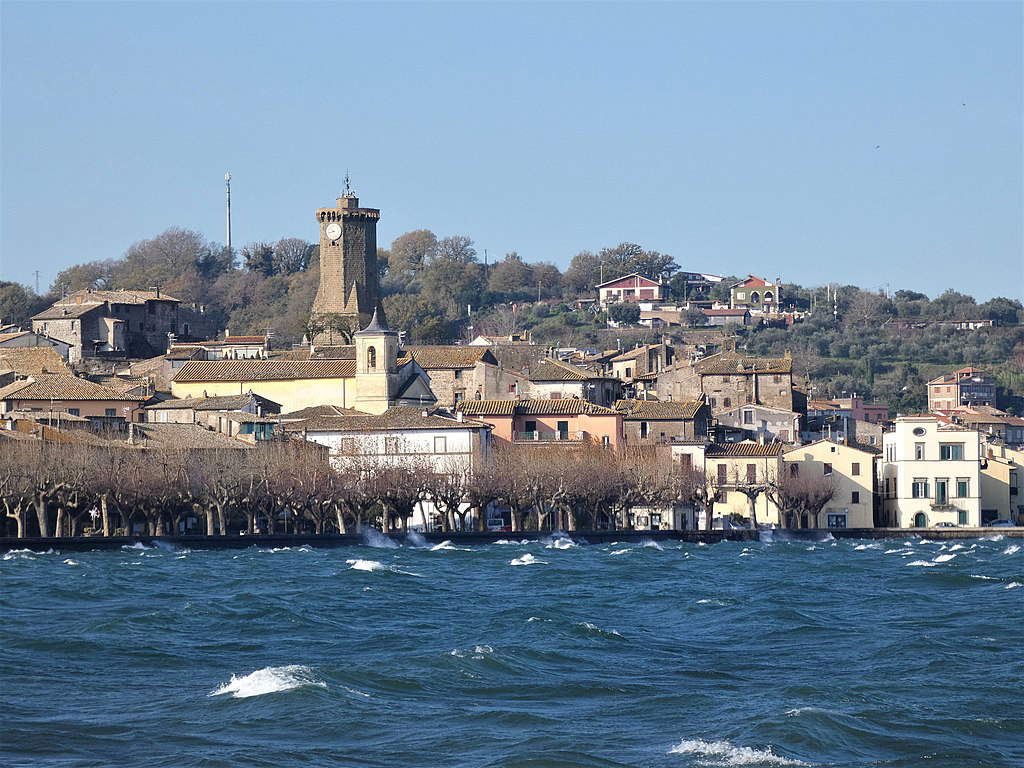
Unmistakable with its massive grandeur the Rocca Farnese of Capodimonte is a stately palace, but also designed for purely military purposes that dominates the historic center of the town. With an octagonal plan, this building dates back to the 14th century and has seen popes, artists and politicians pass within its walls, who from here were able to fill their eyes with the splendid landscapes of Lake Bolsena and in particular the Bisentina Island that lies just in front of it. Numerous legends still hover over the fortress of Capodimonte, many of them related to the figure of Giulia Farnese, sister of Pope Paul III, who is said to have been born here. Today the fortress is privately owned, but occasionally it is opened for visits.
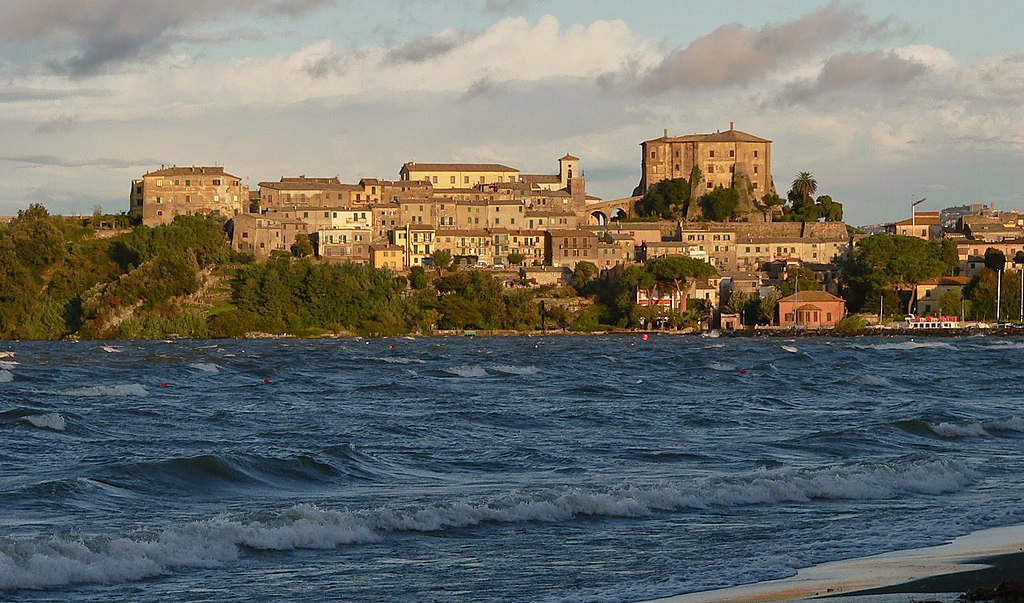
The fury that in the 17th century raged over the city of Castro, then a flourishing center of the Latium Maremma and capital of the duchy of the same name, is compared by many historians only to that which befell Carthage. Castro was completely razed to the ground in 1649 by order of Pope Innocent X, and since then nature has taken its course by taking back its space. To visit the ruins of Castro today, therefore, travelers must let their imaginations carry them a bit, at which point they will have no trouble seeing in the ruins that emerge among the grass and plants the remains of an ancient Renaissance city where great artists and architects worked. Then, since 2017, the Antica Castro archaeological park has been created, and today they can thus follow a marked route during which they can admire not only the ruins of streets, churches and palaces, but also the numerous quarries from the Etruscan period that are found in the surroundings.
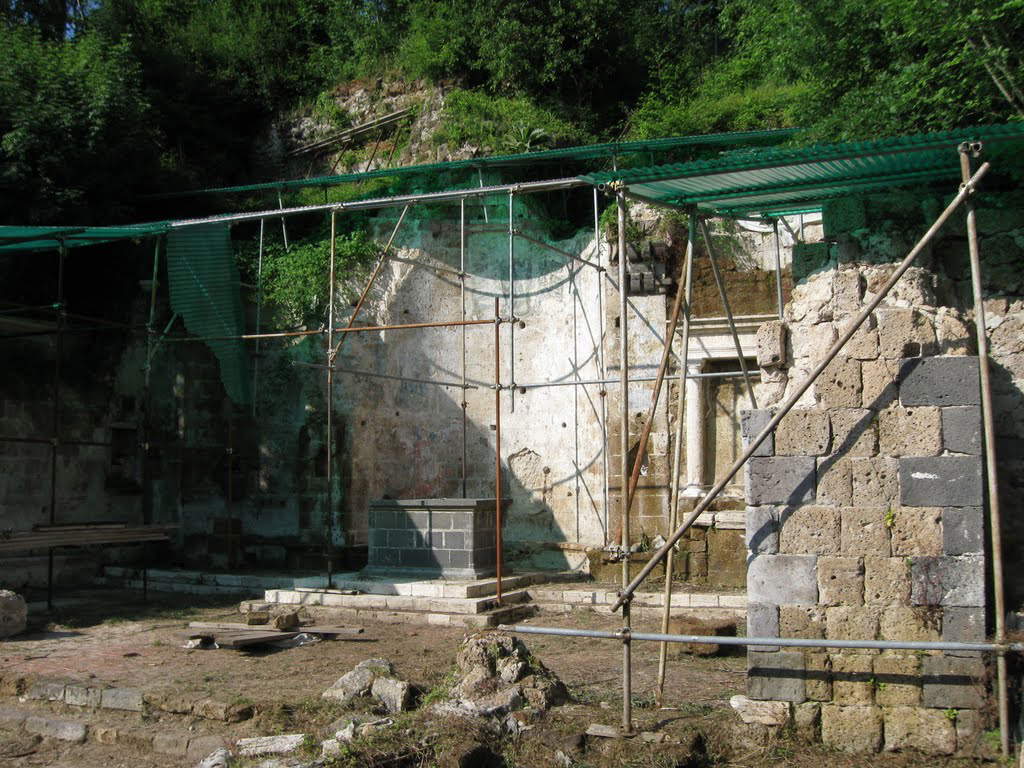
Built along the Via Francigena, its construction began around the 11th century in a Romanesque-Gothic style. What makes San Flaviano in Montefiascone special is the fact that it consists of two overlapping churches, each oriented in the opposite direction from the other and put in communication with each other by a staircase In the lower basilica stands out a valuable cycle of allegorical frescoes still well preserved that adorn its side walls. The upper church, on the other hand, served anciently as a women’s gallery, and at its center preserves a throne built in 1262 by Pope Urban IV.

A symbolic building of Montefiascone, Rocca dei Papi stands on a rise from which it dominates not only the town, but also all of Lake Bolsena. This ancient fortress, erected by Innocent III at the end of the 12th century, has long been home to pontiffs each of whom has left his mark on it. Today the fortress houses the Museum of the Architecture of Antonio da Sangallo the Younger, a study and documentation center that presents various works executed by the great Renaissance architect in Upper Lazio and the Farnese territory.
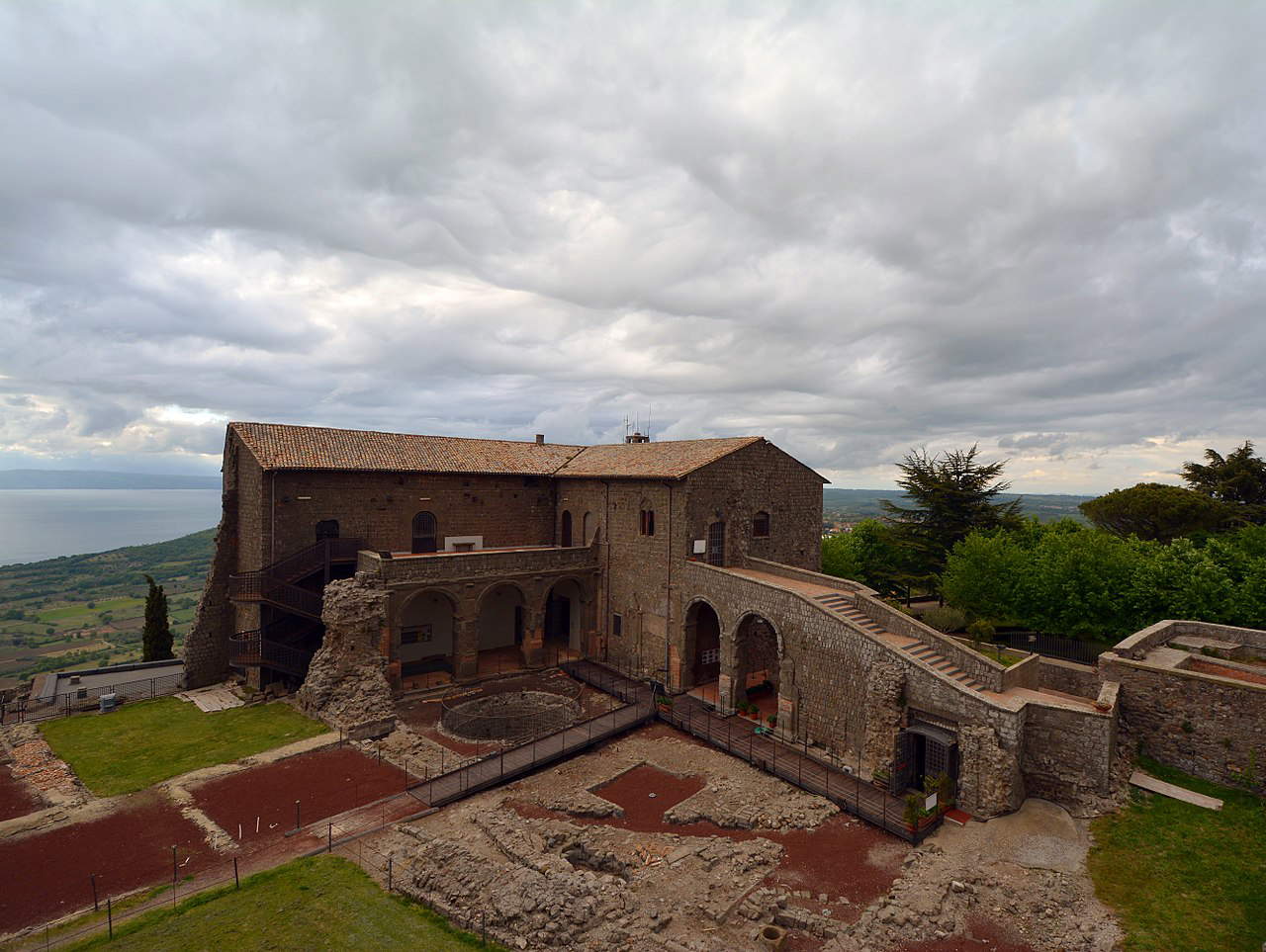
The cathedral of Santa Margherita is one of the most admired jewels in all of upper Lazio. Its imposing dome, designed by architect Carlo Fontana, can be distinguished from far and wide and is one of the largest in Italy so much so that it is considered one of the symbols of the region and, for sure, one of the most characteristic elements of the skyline of these areas. Absolutely evocative is then a visit to the interior of the cathedral where the remains of St. Margaret of Antioch are preserved and where one cannot help but be open-mouthed when one turns his gaze upward and realizes the majesty of the dome and how richly frescoed it is.
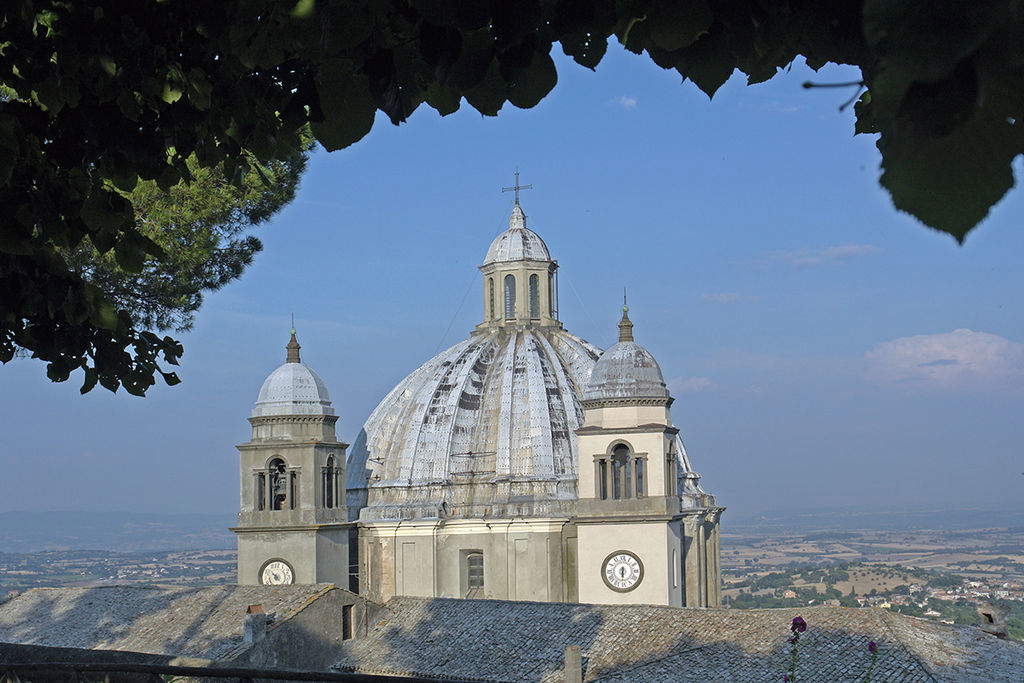
 |
| Lake Bolsena, what to see: 10 places not to miss |
Warning: the translation into English of the original Italian article was created using automatic tools. We undertake to review all articles, but we do not guarantee the total absence of inaccuracies in the translation due to the program. You can find the original by clicking on the ITA button. If you find any mistake,please contact us.